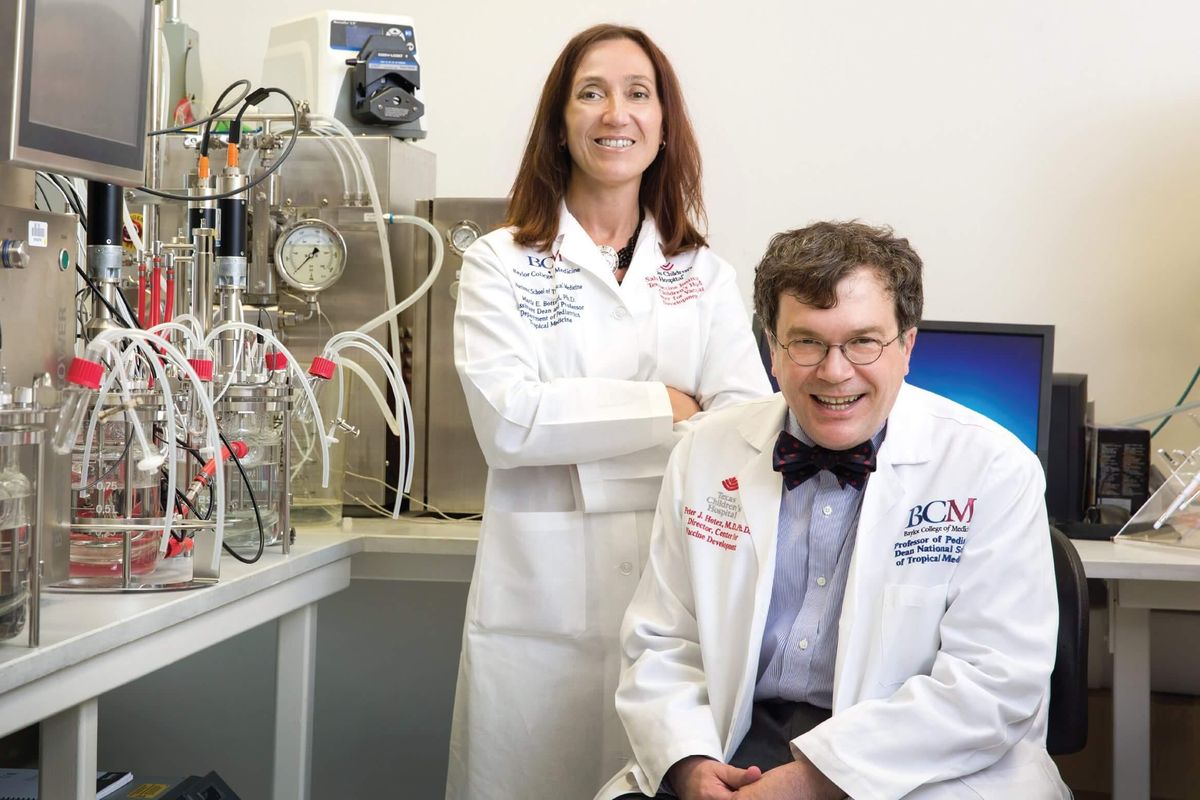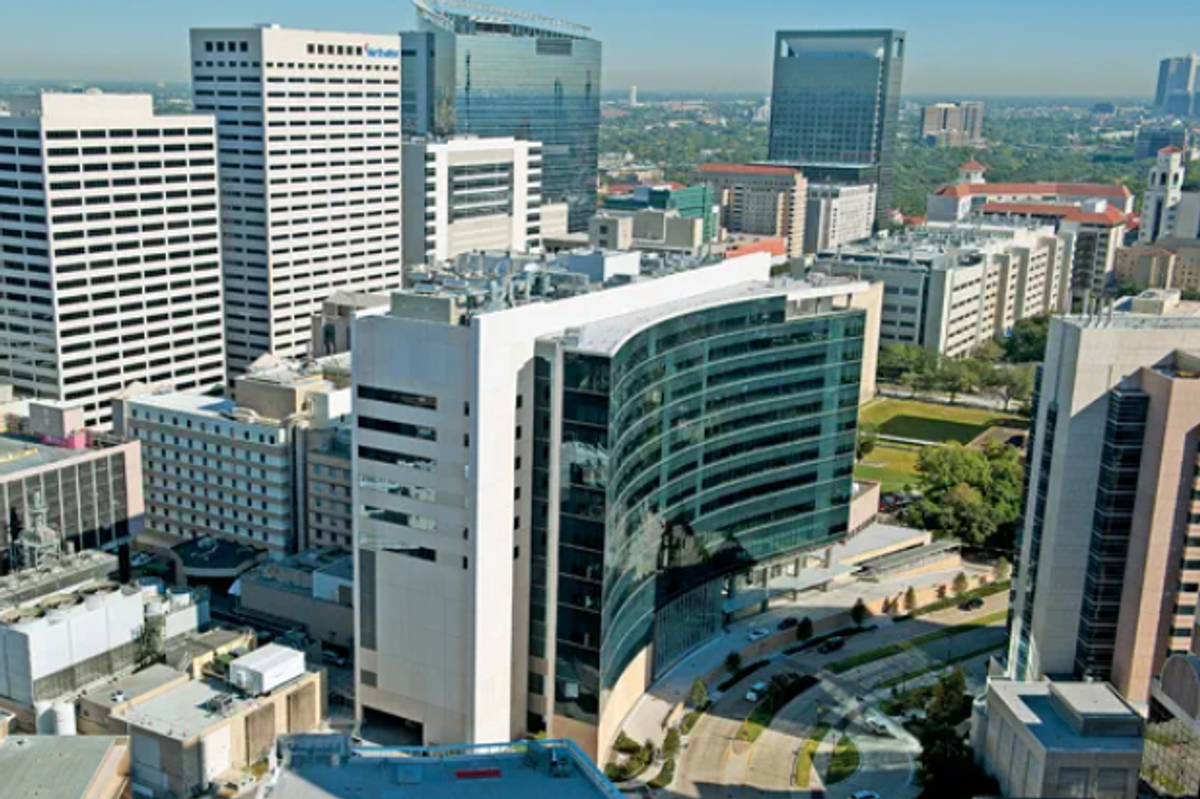Here's how far Houston's robust population of 'super commuters' drive to and from work every day
on the road again
If you’re a workday commuter in the Houston metro area, you may be among the many motorists who’ve cursed the snarled traffic on I-610/West Loop Freeway. This route routinely takes the crown as the most clogged roadway in Texas.
But imagine if you were one of the nearly 80,000 workers in the Houston area who travel at least 90 minutes each way for their jobs. That’s an even more gripe-worthy commuting scenario.
U.S. Census Bureau data gathered by Apartment List shows that as of 2022 in the Houston area, 79,645 workers were tagged as “super commuters.” These workers represent three percent of all commuters in the region.
The Houston area’s 2022 number is down slightly from the pre-pandemic year of 2019, when 82,878 workers across the region were super commuters, according to Apartment List.
Igor Popov, chief economist at Apartment List, says 3.7 million American workers spent at least 90 minutes traveling each way for their jobs in 2022. These extreme commutes are becoming more commonplace as suburban populations rise and employers pull back on remote work, he says.
Nationally, the number of super commuters jumped by 593,000 in 2022 compared with 2021, when the pandemic caused the figure to plummet by more than 1.5 million.
“Generally, super commuting is most common for transit users, workers who live on the fringes of the metropolitan area, or those who commute to separate metros entirely,” Popov says.
Super commuting is also common among high-income workers who are willing to travel longer distances for higher-wage jobs, according to Popov.
A recent study by Stanford University and travel data provider INRIX mostly aligns with the Census Bureau data cited by Apartment List.
Since the pandemic, the study says, the share of one-way commutes covering at least 40 miles has gone up in the country’s 10 largest metros, including Houston. In the Houston area, the share of one-way super commutes, which the study defines as those over 75 miles, grew 18 percent from 2019-20 to 2023-24.
Among the 10 areas examined in the study, a typical two-way super commute lasts nearly four hours and 40 minutes.
- This tech startup envisions Houston as a self-driving city ›
- Houston named No. 1 most stressful city for workers in U.S. in new report ›
- Report: Houstonians lose days-worth of time each year due to rush hour ›
- Explore the eco-friendly commuting app that's driving change at Houston area employers ›
- Houston gets a surprising brake on new list of U.S. cities with worst commute ›




















